Home>Gardening & Outdoor>Landscaping Ideas>How To Clean Grass Pee Pad
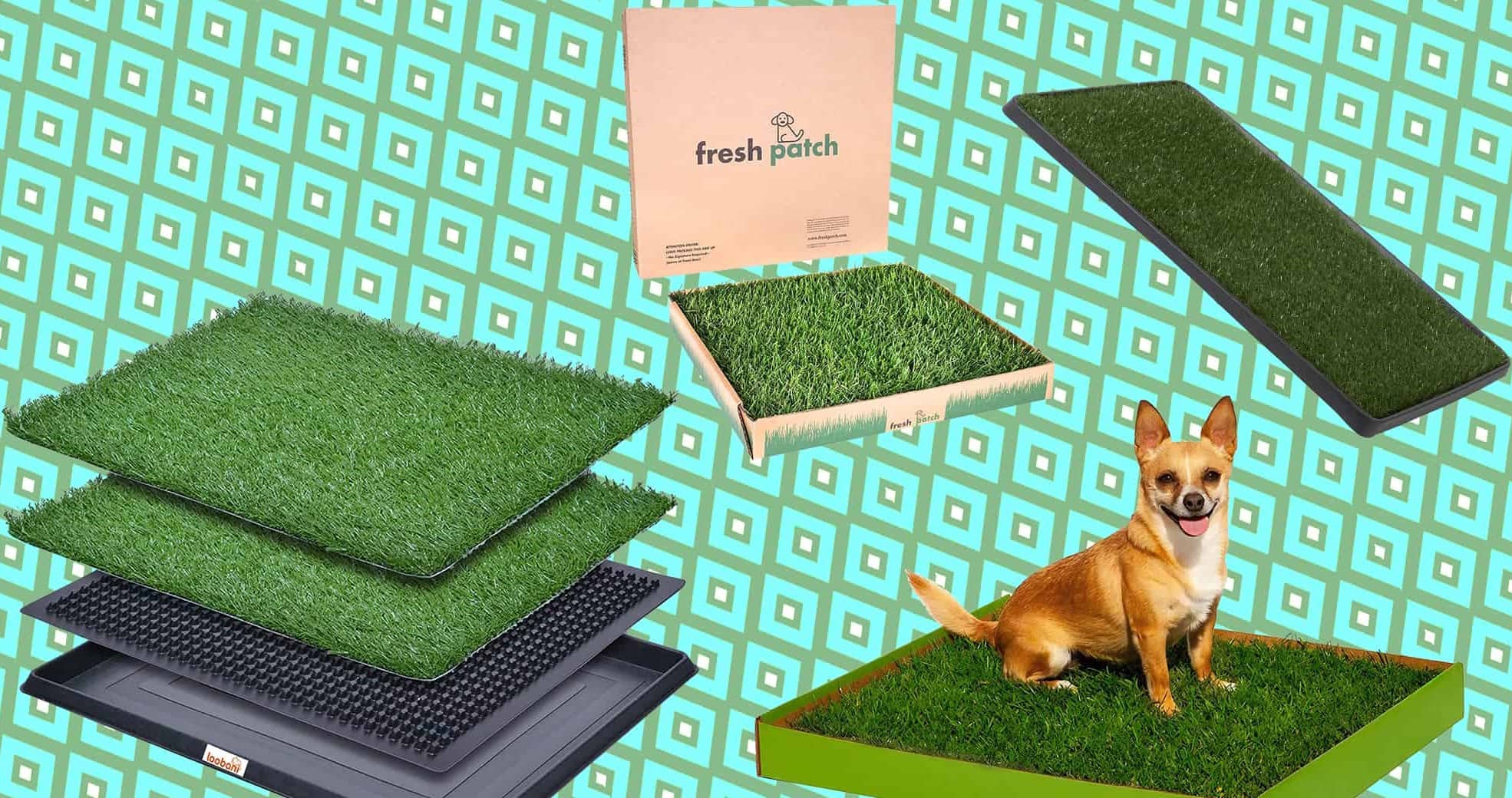

Landscaping Ideas
How To Clean Grass Pee Pad
Published: January 27, 2024
Learn effective landscaping ideas for cleaning grass pee pads. Find step-by-step instructions for maintaining a fresh and tidy outdoor space. Ideal for pet owners seeking practical solutions.
(Many of the links in this article redirect to a specific reviewed product. Your purchase of these products through affiliate links helps to generate commission for Storables.com, at no extra cost. Learn more)
Introduction
Welcome to the ultimate guide on how to clean a grass pee pad! Whether you have a new furry friend or you’ve had your pet for a while, keeping their grass pee pad clean is essential for their health and your home’s hygiene. A grass pee pad provides a convenient indoor potty solution for your pet, but it requires regular cleaning to ensure a fresh and odor-free environment.
In this comprehensive guide, we will walk you through the step-by-step process of cleaning a grass pee pad, providing you with valuable tips and insights to make the task efficient and effective. By following these simple yet essential cleaning steps, you can maintain a clean and sanitary living space for your pet, promoting their well-being and comfort.
So, let’s dive in and discover the best practices for cleaning your grass pee pad, ensuring a clean and healthy environment for both you and your beloved pet.
Key Takeaways:
- Regularly cleaning your pet’s grass pee pad with pet-safe solutions and disinfectants ensures a fresh and hygienic indoor potty area, promoting your pet’s comfort and well-being.
- By diligently removing solid waste, rinsing, using a cleaning solution, drying, and disinfecting the grass pee pad, you create a clean and safe space for your pet’s indoor potty activities, benefiting both your pet and your home.
Read more: How To Wash Fake Grass Pee Pad
Materials Needed
Before you begin cleaning your grass pee pad, it’s essential to gather the necessary materials to streamline the process and ensure thorough cleaning. Here’s a list of materials you’ll need:
- Gloves: Rubber or disposable gloves to protect your hands from coming into direct contact with waste and cleaning solutions.
- Waste Removal Tool: A pooper scooper or waste removal tool to safely pick up solid waste from the grass pee pad.
- Water Hose or Bucket: For rinsing the grass pee pad, you’ll need access to a water hose or a bucket of clean water.
- Cleaning Solution: Choose a pet-safe cleaning solution or a mixture of mild soap and water to effectively clean the grass pee pad.
- Scrub Brush or Sponge: A scrub brush or sponge will help you remove stubborn stains and thoroughly clean the grass surface.
- Towels: Have a few clean towels on hand to absorb excess water and aid in the drying process.
- Disinfectant Spray: A pet-safe disinfectant spray to eliminate bacteria and odors, ensuring a hygienic environment for your pet.
By having these materials ready, you can approach the cleaning process with confidence, knowing that you have everything you need to maintain a clean and odor-free grass pee pad for your pet.
Step 1: Remove Solid Waste
The first step in cleaning a grass pee pad is to remove any solid waste present on the surface. Equipping yourself with gloves and a waste removal tool, carefully pick up and dispose of any solid waste, ensuring that the grass surface is clear before proceeding with the cleaning process. This step is crucial in preventing the spread of bacteria and minimizing odors, promoting a clean and hygienic environment for your pet.
When removing solid waste, it’s important to handle it with care to prevent any contamination. Using a pooper scooper or waste removal tool designed for pet waste management can make this task more efficient and hygienic. Once the solid waste has been safely removed and disposed of, the grass pee pad is ready for the next steps in the cleaning process.
By diligently removing solid waste from the grass pee pad, you are taking a proactive step in maintaining a clean and sanitary environment for your pet, minimizing the risk of bacterial growth and ensuring a pleasant indoor potty experience for both you and your furry companion.
Step 2: Rinse the Grass Pee Pad
After removing solid waste from the grass pee pad, the next essential step is to thoroughly rinse the pad to remove any residual waste and prepare it for cleaning. If you have access to an outdoor space, using a water hose can be an effective method for rinsing the grass pee pad. Alternatively, a bucket of clean water can be used for rinsing if outdoor access is not available.
When rinsing the grass pee pad, ensure that the water flow is gentle yet thorough, allowing it to penetrate the grass surface and flush out any remaining waste particles. By doing so, you can effectively cleanse the pad and prepare it for the subsequent cleaning steps.
Rinsing the grass pee pad serves as a vital pre-cleaning process, helping to eliminate surface debris and minimize the presence of odor-causing agents. This step sets the stage for a more comprehensive cleaning process, ensuring that the grass pad is primed for thorough sanitation and deodorization.
By diligently rinsing the grass pee pad, you are taking a proactive approach to maintaining a clean and hygienic potty area for your pet, promoting their well-being and comfort within your home environment.
To clean a grass pee pad, remove solid waste, spray with a pet-safe cleaner, and scrub with a brush. Rinse thoroughly and let it air dry before using again.
Step 3: Use a Cleaning Solution
Once the grass pee pad has been thoroughly rinsed, the next step involves the application of a suitable cleaning solution to effectively sanitize and deodorize the pad. Selecting a pet-safe cleaning solution or preparing a mild soap and water mixture is crucial to ensure that the cleaning process is safe for your pet and the environment.
Using a spray bottle or a bucket, apply the cleaning solution generously onto the grass surface, ensuring even coverage and saturation. This allows the cleaning solution to penetrate the grass fibers and effectively eliminate any remaining traces of waste, bacteria, and odors. For stubborn stains or soiling, gently agitate the grass surface with a scrub brush or sponge to facilitate the cleaning process.
Allow the cleaning solution to remain on the grass pee pad for a few minutes to effectively break down and lift any residual contaminants. This dwell time enhances the cleaning efficacy, ensuring that the pad is thoroughly sanitized and refreshed before proceeding to the next step.
By utilizing a pet-safe cleaning solution and applying it diligently to the grass pee pad, you are actively contributing to the maintenance of a clean and hygienic indoor potty area for your pet. This step is essential in eliminating bacteria and odors, promoting a fresh and inviting space for your pet’s potty needs.
Read more: How To Train A Puppy To Pee On A Grass Pad
Step 4: Dry the Grass Pee Pad
After the application of the cleaning solution, the grass pee pad should be thoroughly dried to prevent moisture buildup and ensure a clean and comfortable surface for your pet. Drying the pad effectively removes excess water and promotes a quick return to usability, providing your pet with a fresh and dry potty area.
If you have access to outdoor space and weather conditions permit, laying the grass pee pad in a sunny area can expedite the drying process. The natural warmth and airflow outdoors can facilitate efficient evaporation, helping the pad regain its dry and pristine state.
In indoor settings, using clean towels to gently blot and absorb excess moisture from the grass surface can aid in accelerating the drying process. Patting and pressing the towels onto the grass pee pad can effectively remove residual moisture, promoting faster drying and minimizing the risk of lingering dampness.
Ensuring that the grass pee pad is thoroughly dried after cleaning is essential for maintaining a hygienic and inviting potty area for your pet. By promoting a dry and clean surface, you contribute to your pet’s comfort and well-being while preventing the accumulation of moisture-related odors and bacteria.
By diligently drying the grass pee pad, you are taking a proactive step in maintaining a clean and inviting indoor potty area for your pet, promoting their comfort and hygiene within your home environment.
Step 5: Disinfect the Grass Pee Pad
Once the grass pee pad has been thoroughly dried, the final step in the cleaning process involves the application of a pet-safe disinfectant spray to eliminate bacteria and ensure a hygienic potty area for your pet. Disinfecting the grass pad is essential for preventing the proliferation of harmful microorganisms and maintaining a clean and sanitary environment.
Select a reputable pet-safe disinfectant spray and apply it generously across the entire surface of the grass pee pad. Ensure that the disinfectant penetrates the grass fibers, targeting any remaining bacteria and odors to effectively neutralize them. Allow the disinfectant to remain on the pad for the specified contact time as indicated on the product label, ensuring thorough disinfection.
By utilizing a pet-safe disinfectant spray, you can effectively safeguard your pet from exposure to harmful pathogens while promoting a clean and healthy indoor potty environment. This final step in the cleaning process serves as a crucial measure in maintaining a hygienic and odor-free grass pee pad for your pet’s comfort and well-being.
By diligently disinfecting the grass pee pad, you are actively contributing to the creation of a clean and safe potty area for your pet, providing them with a comfortable and hygienic space for their indoor potty needs.
Conclusion
Cleaning a grass pee pad is a vital aspect of pet care, ensuring a clean and hygienic indoor potty area for your beloved pet. By following the comprehensive cleaning steps outlined in this guide, you can maintain a fresh and inviting environment for your pet’s potty needs, promoting their comfort and well-being within your home.
From removing solid waste to disinfecting the grass pad, each step plays a crucial role in ensuring thorough sanitation and odor control. By utilizing pet-safe cleaning solutions and disinfectants, you can effectively eliminate bacteria and odors, creating a clean and safe space for your pet’s indoor potty activities.
Regular cleaning and maintenance of the grass pee pad contribute to a healthier and more pleasant living environment for both you and your pet. By incorporating these cleaning practices into your pet care routine, you can minimize odors, reduce the risk of bacterial growth, and provide your pet with a comfortable and sanitary potty area.
Remember, a clean grass pee pad not only benefits your pet but also enhances the overall cleanliness and freshness of your home. By prioritizing the cleanliness of your pet’s potty area, you can create a harmonious and hygienic living space for all inhabitants, both furry and non-furry alike.
So, embrace the cleaning process as an essential part of pet care, and ensure that your pet’s grass pee pad remains a clean, inviting, and odor-free space for their daily use.
Frequently Asked Questions about How To Clean Grass Pee Pad
Was this page helpful?
At Storables.com, we guarantee accurate and reliable information. Our content, validated by Expert Board Contributors, is crafted following stringent Editorial Policies. We're committed to providing you with well-researched, expert-backed insights for all your informational needs.
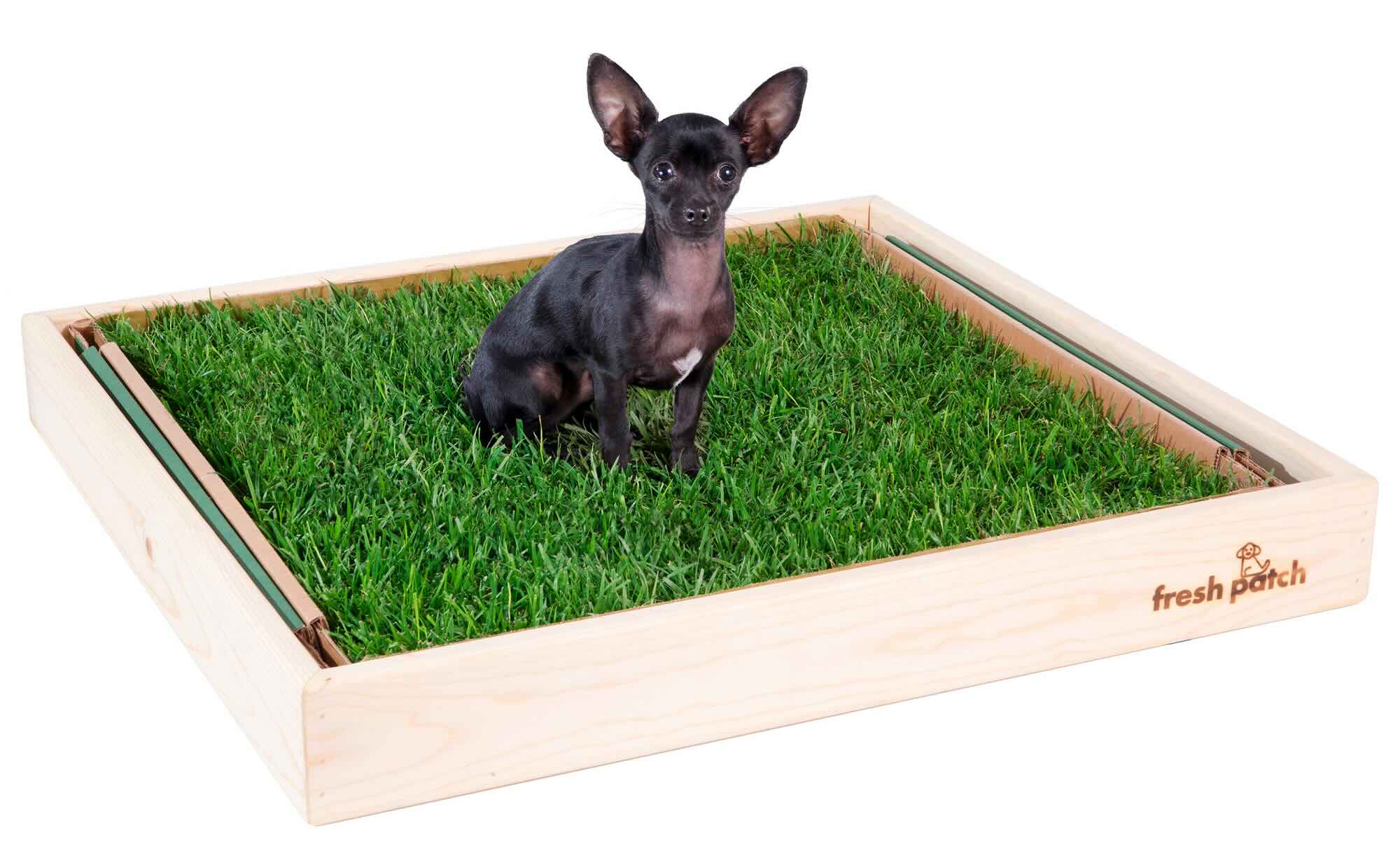
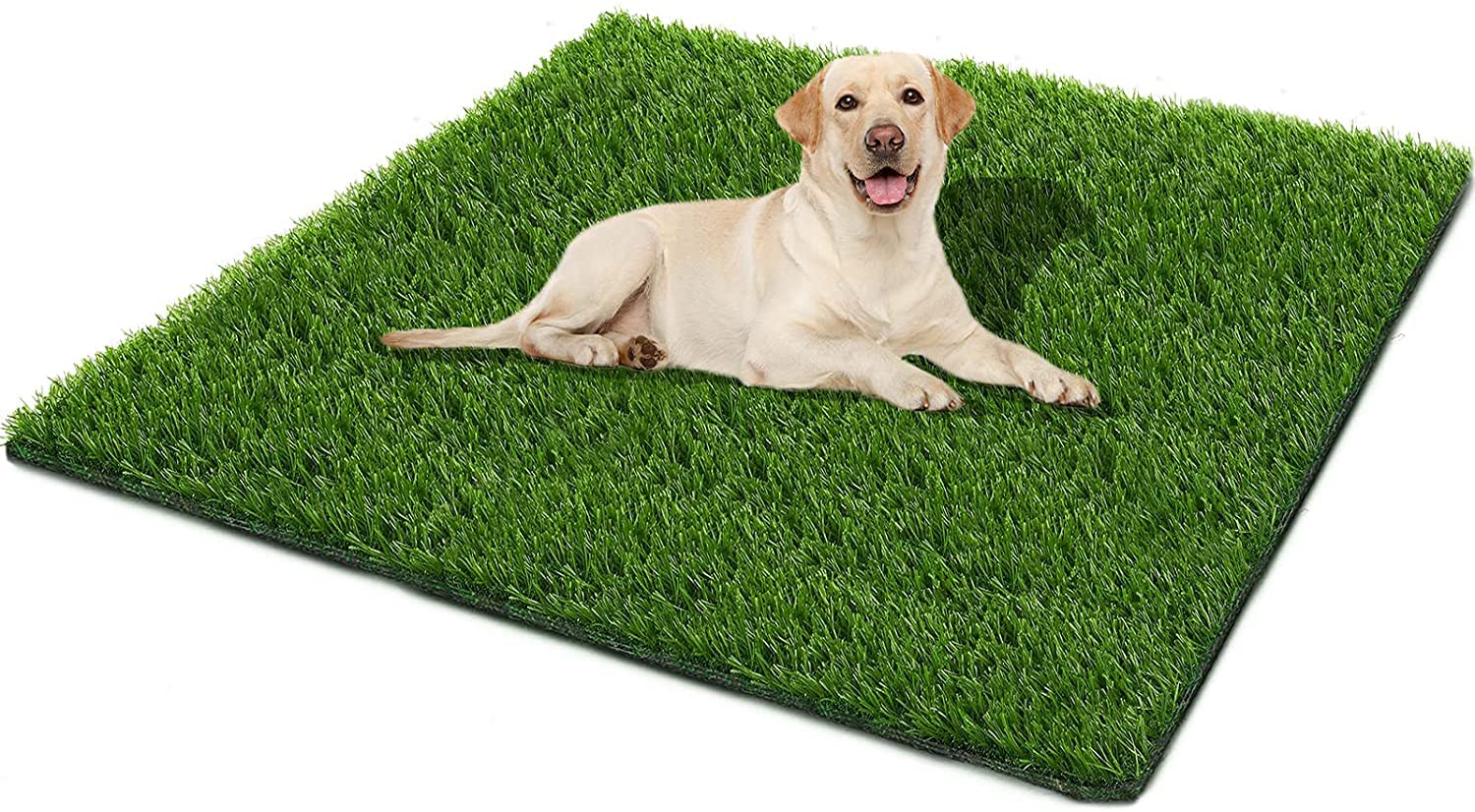
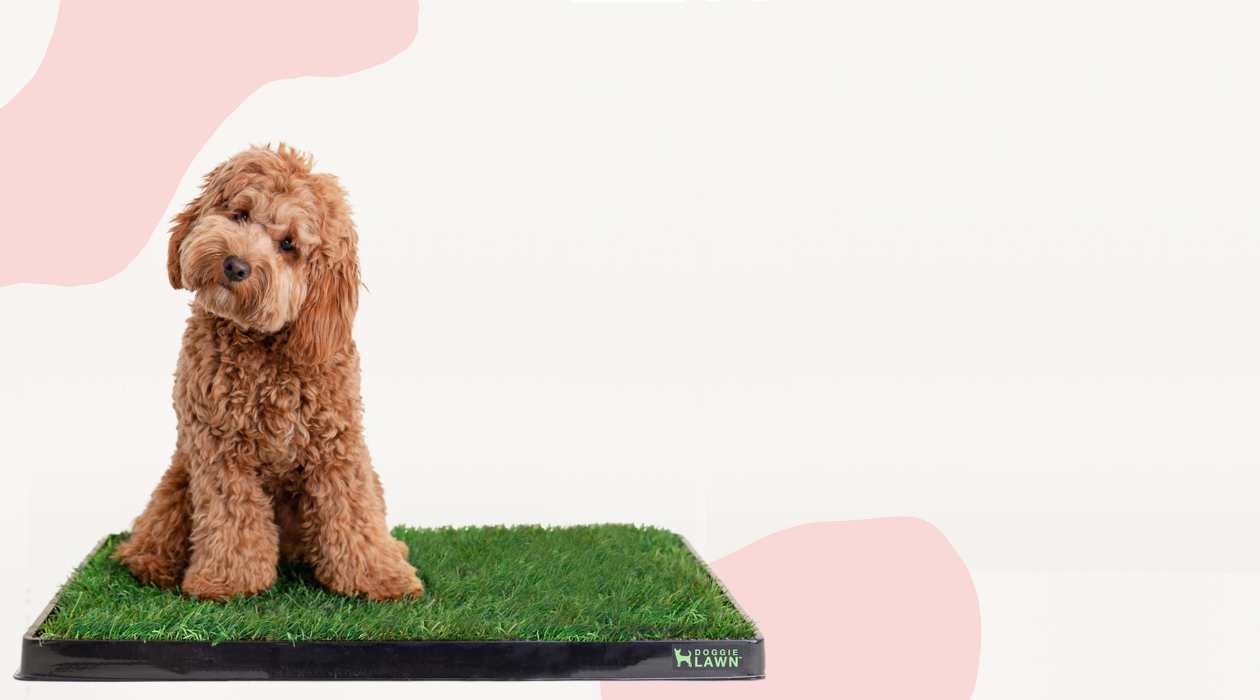
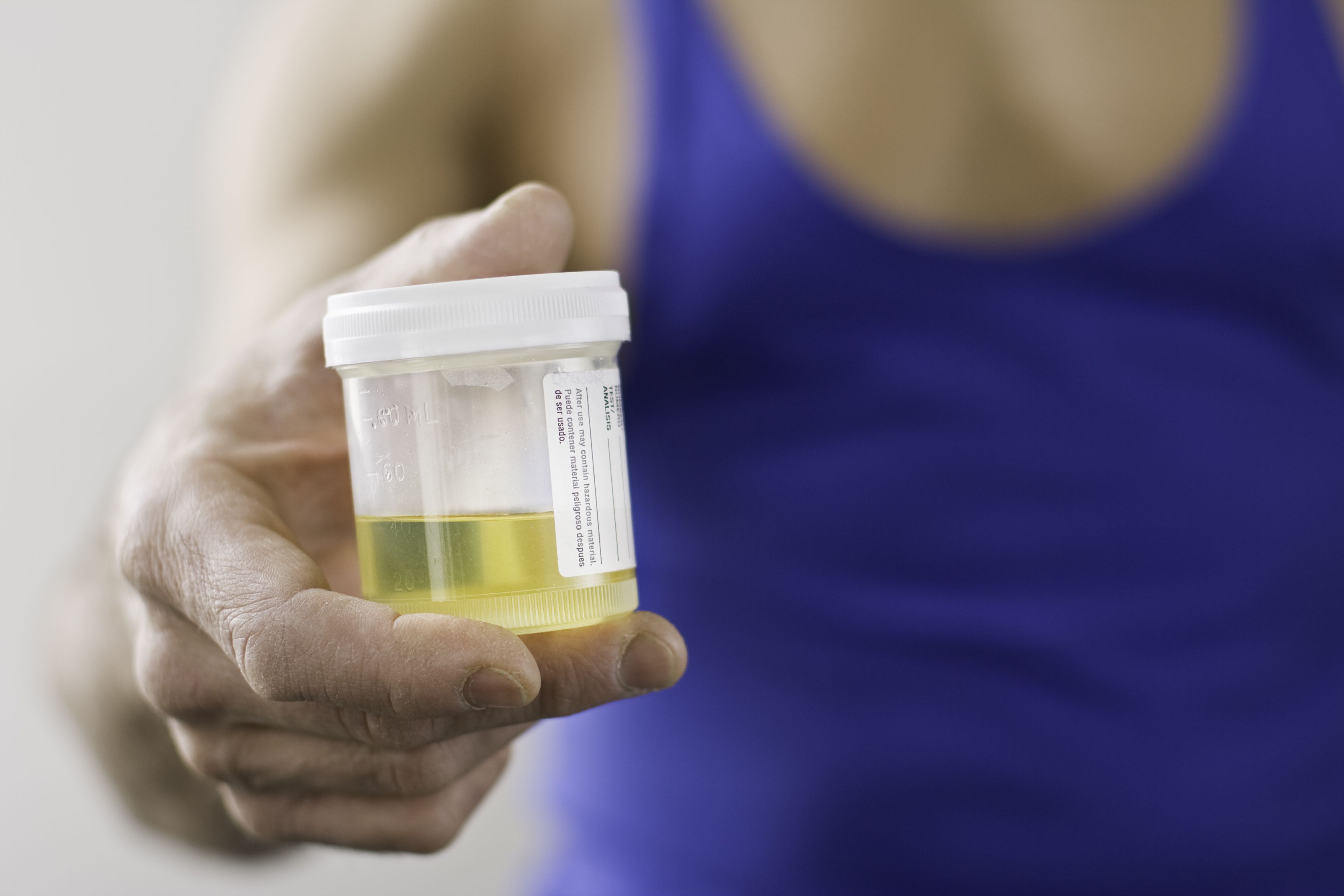
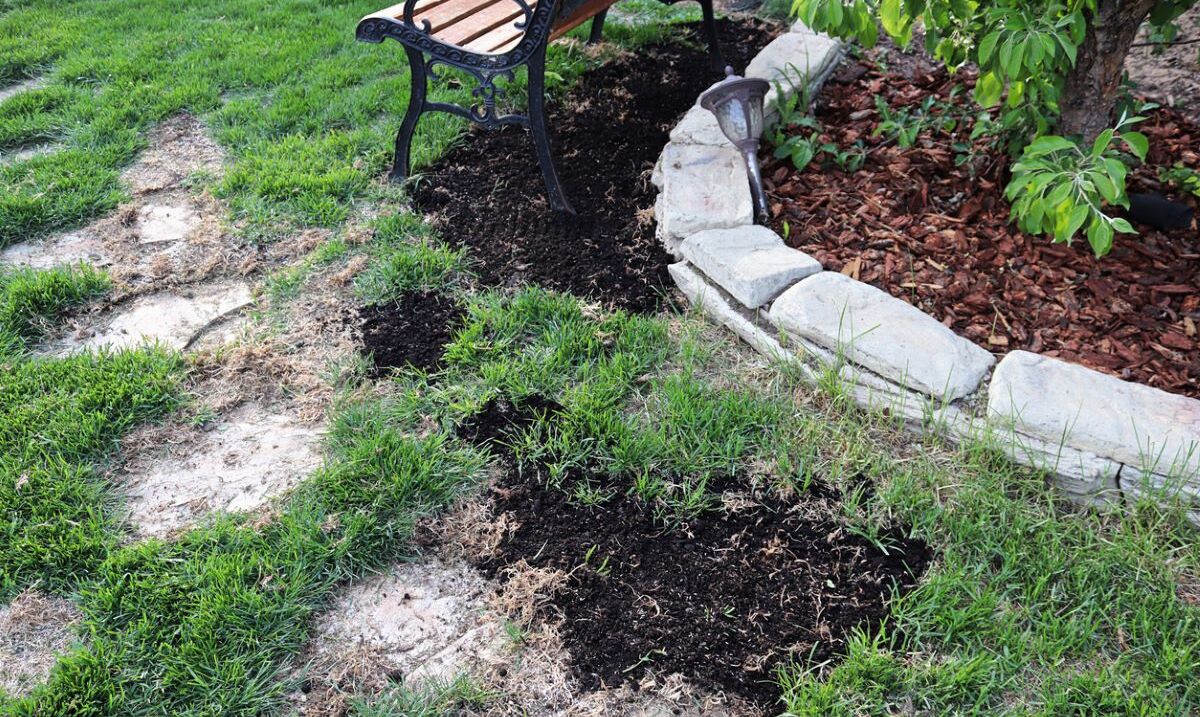
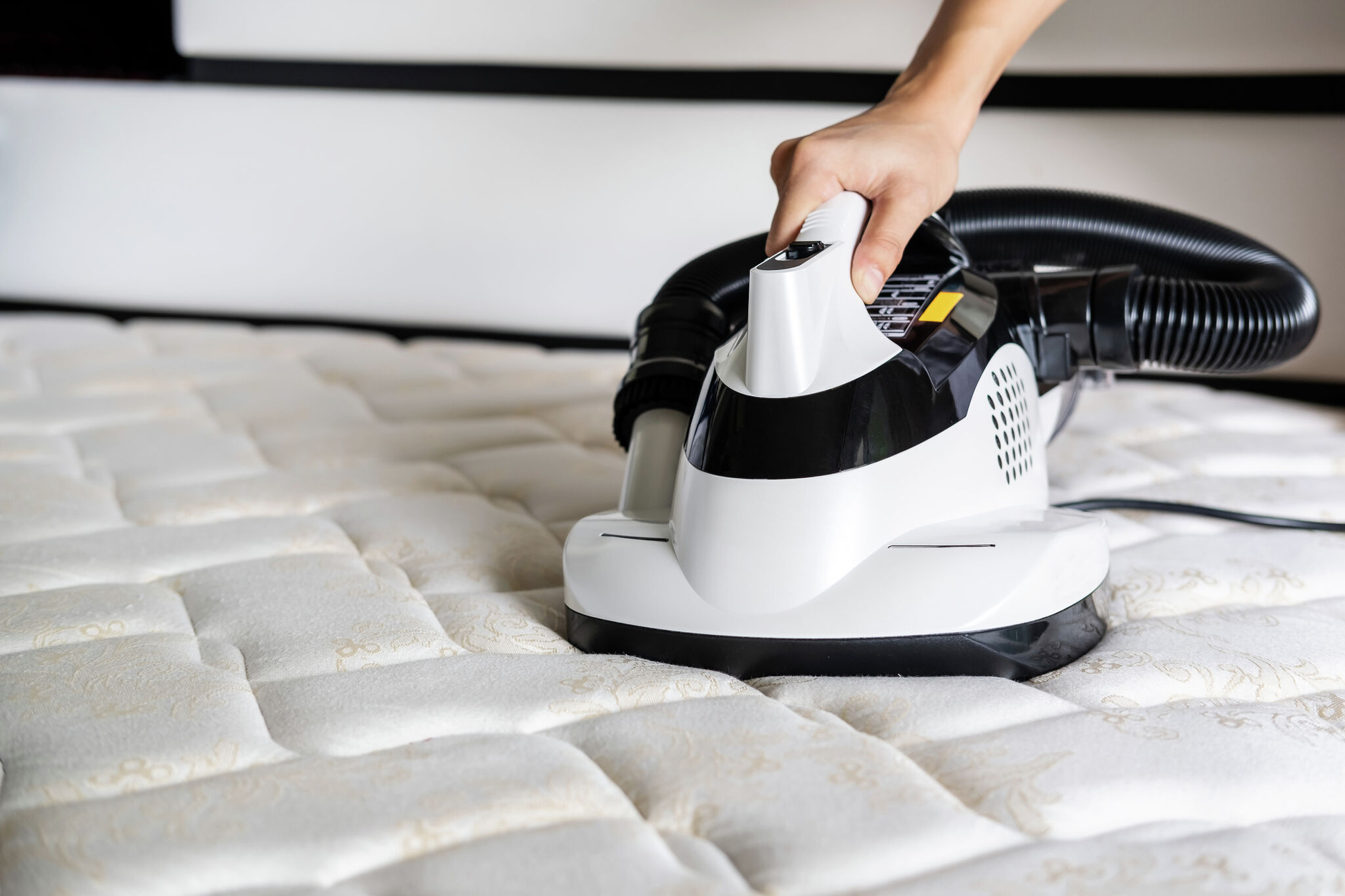
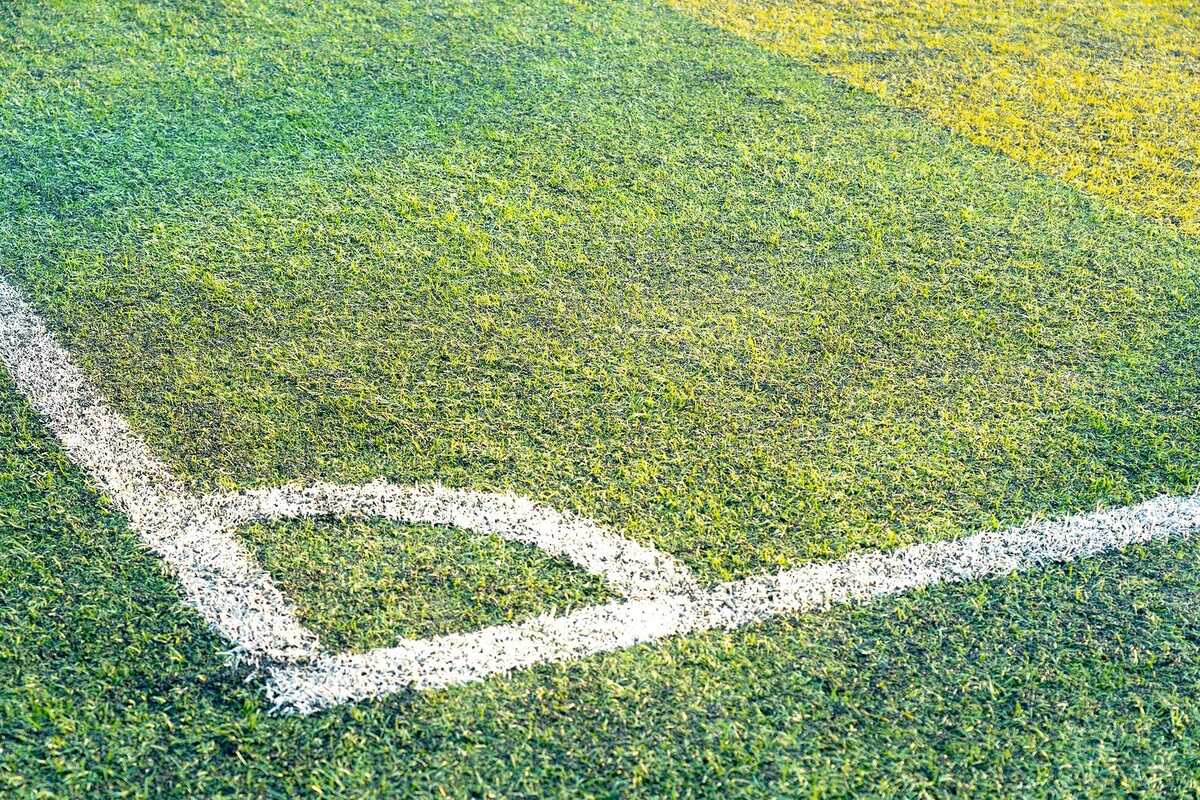
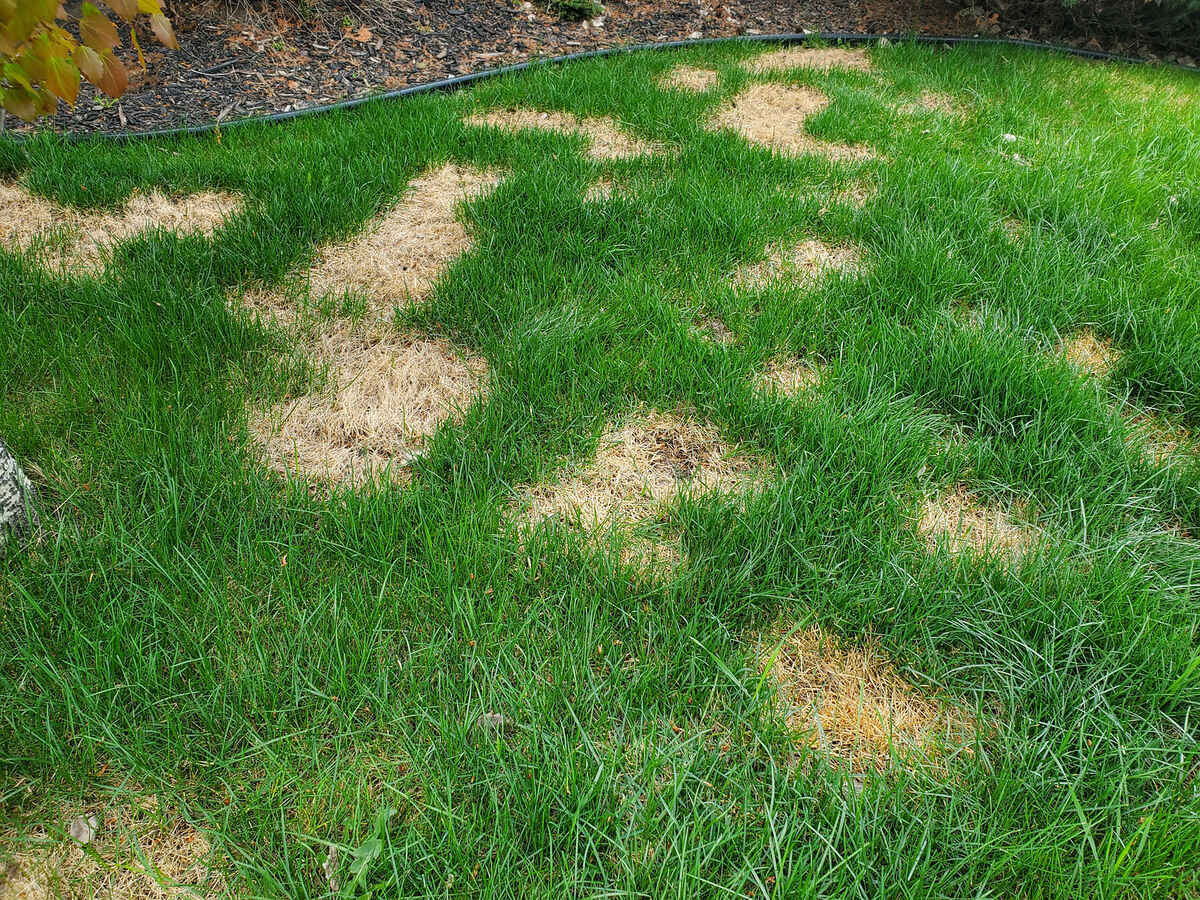
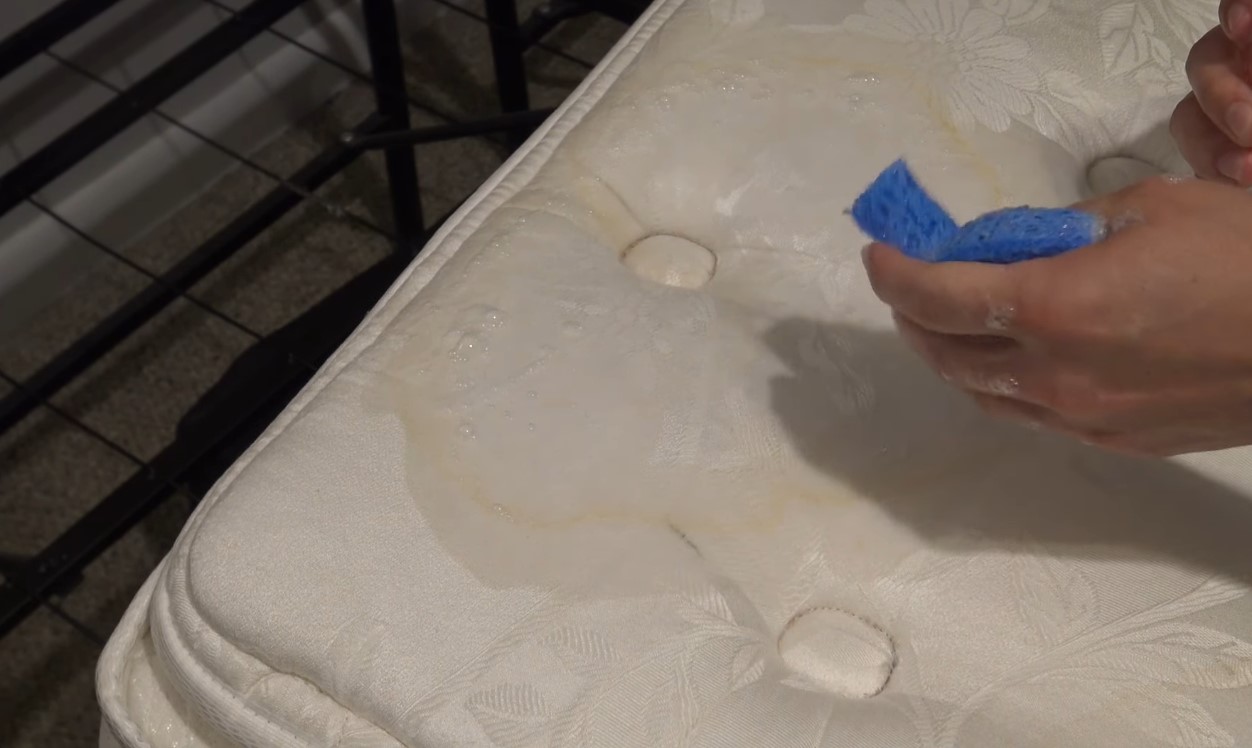
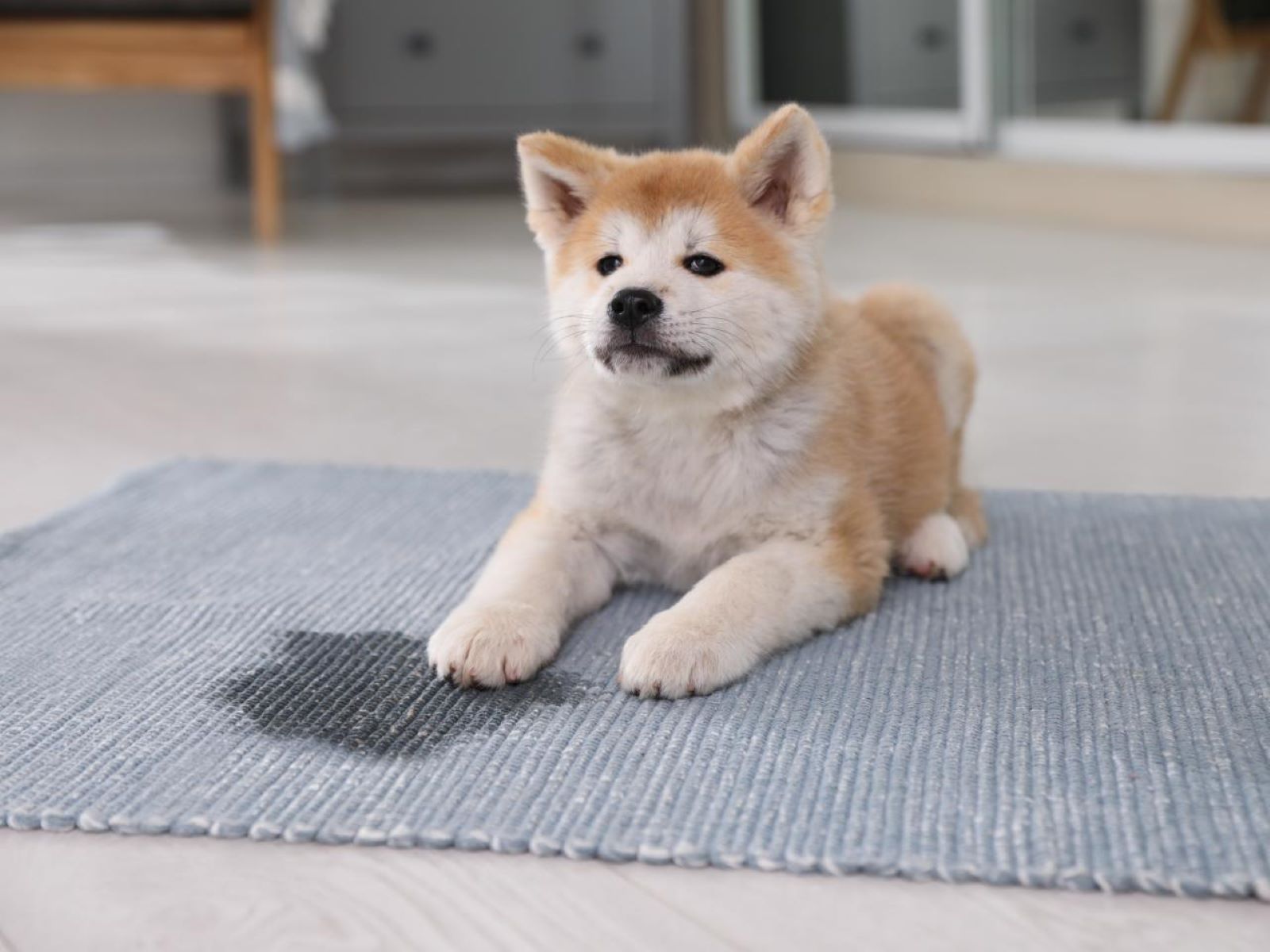
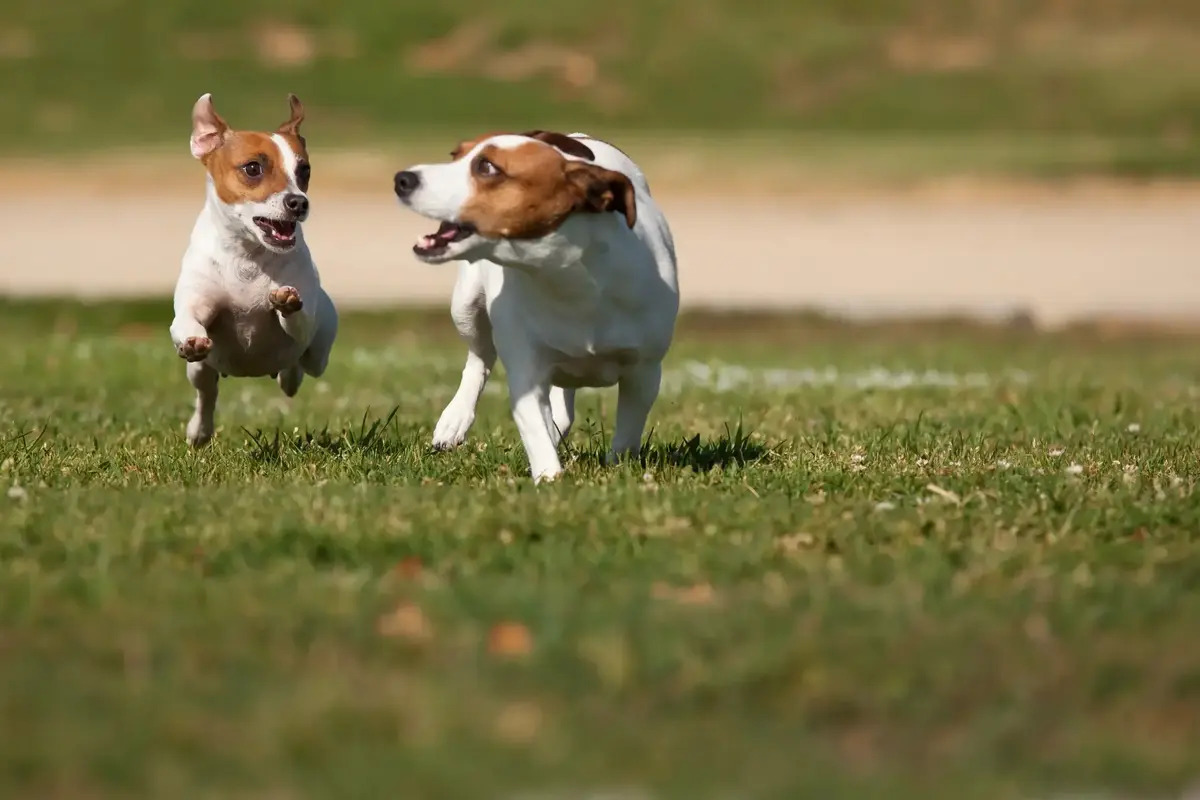
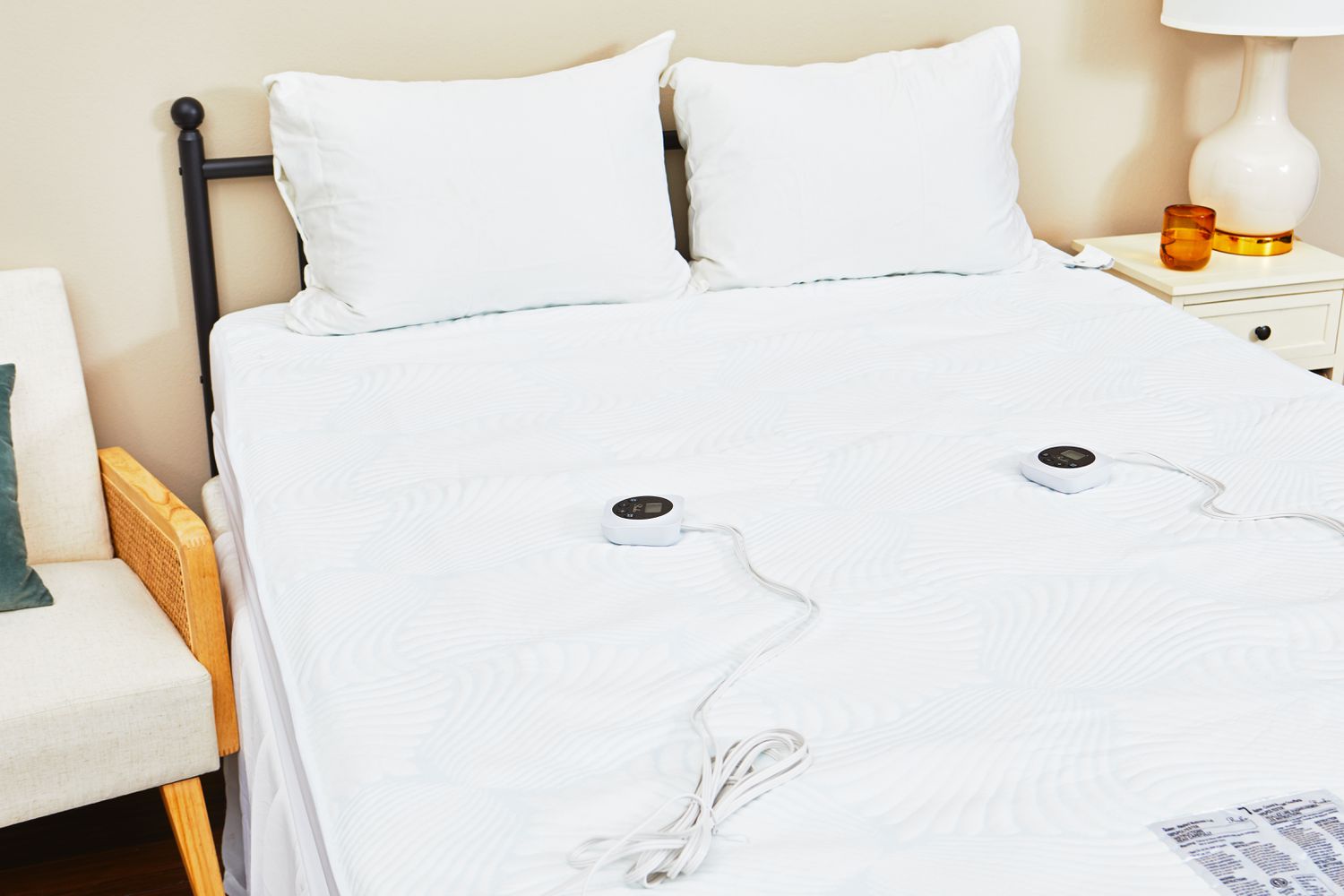
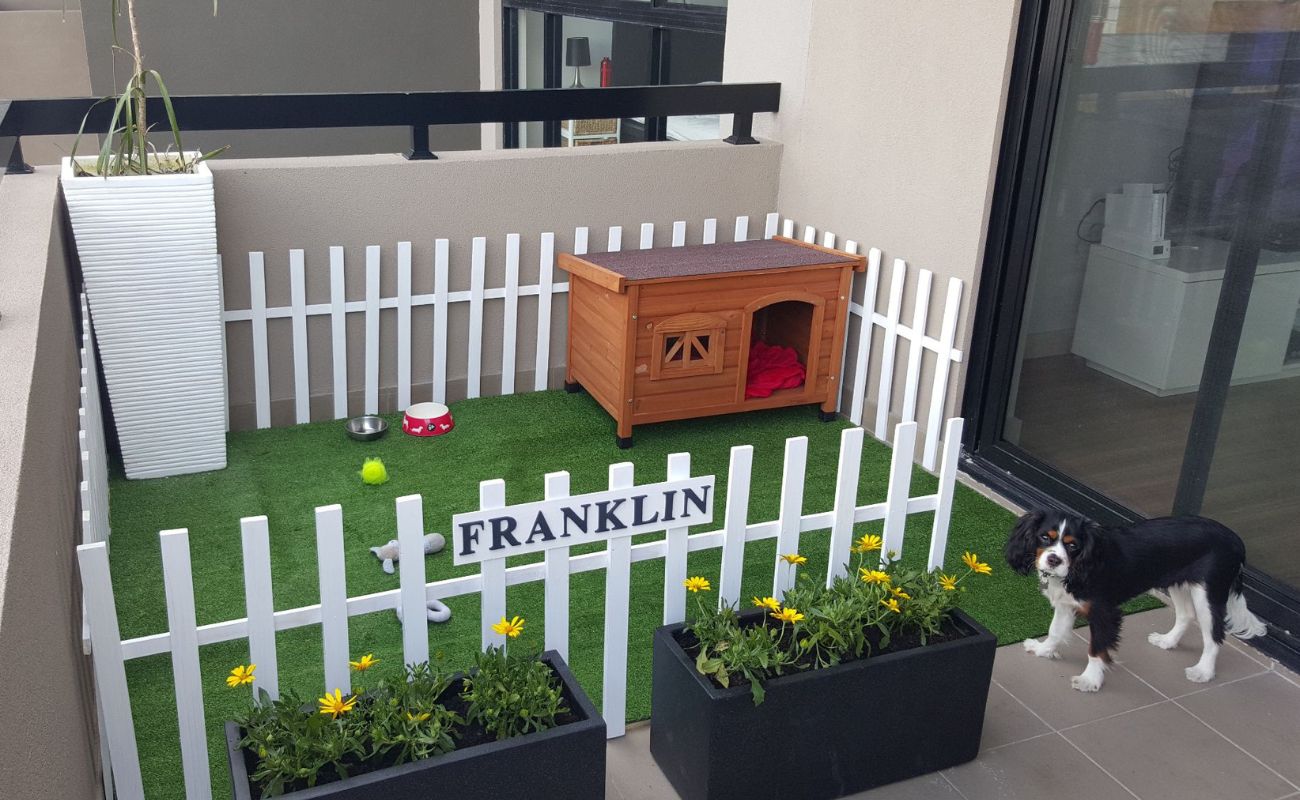
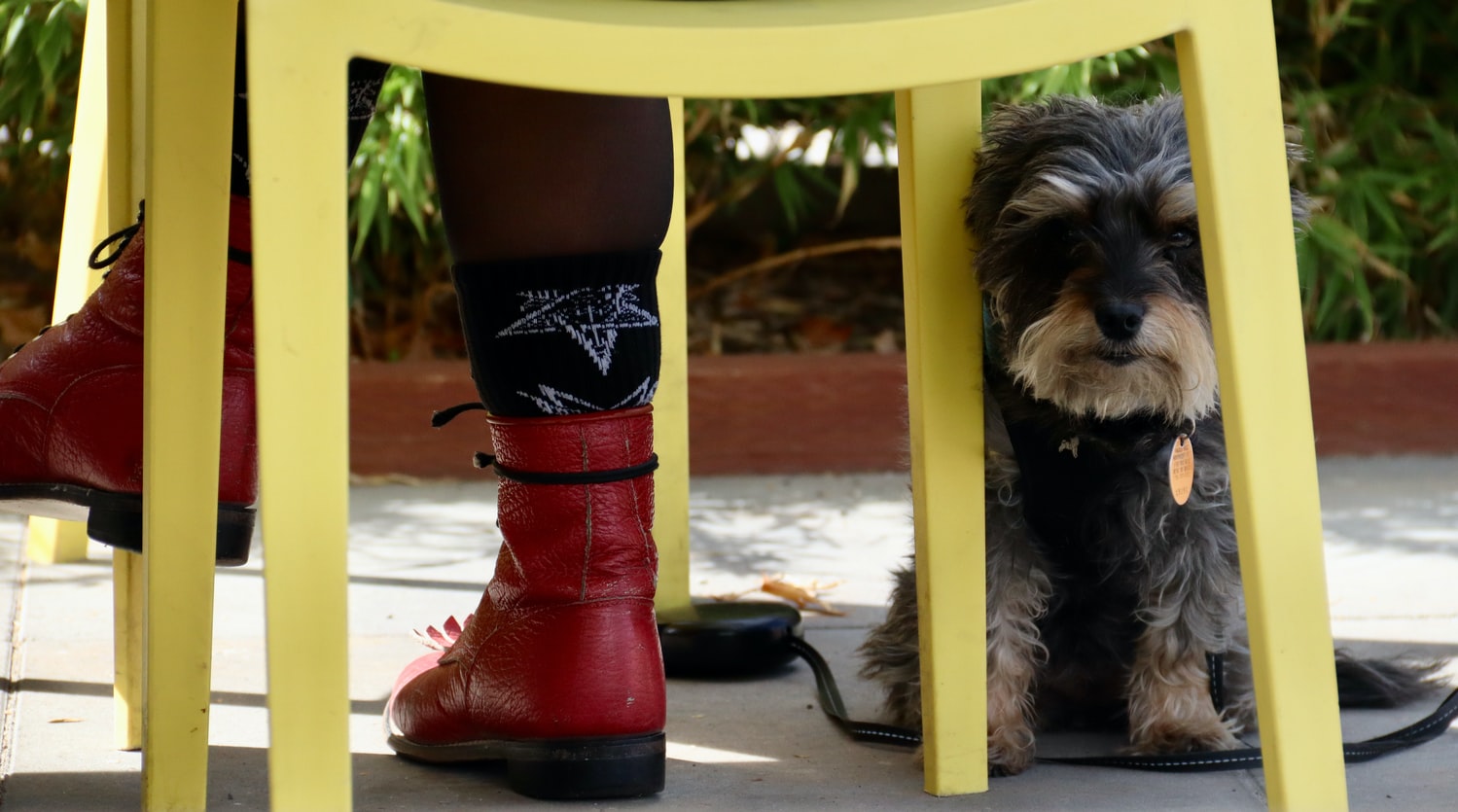

0 thoughts on “How To Clean Grass Pee Pad”